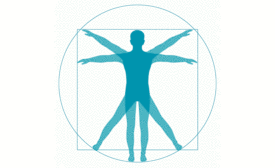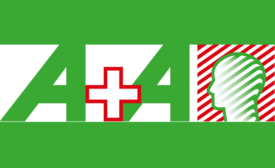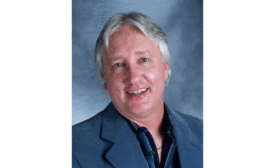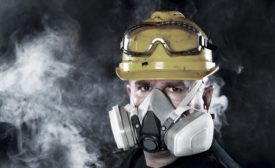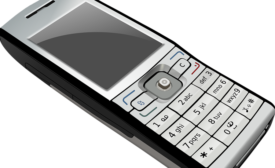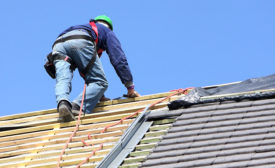Environmental Health and Safety
From safety expert Richard Hawk:
Five ways to energize on-site safety trainings
October 3, 2019
Digital Edition Exclusive
For Your Health & Wellness: Do cell phones pose a health hazard?
October 2, 2019
Digital Edition Exclusive
Brutal ragweed season ahead? Blame extreme weather
October 2, 2019
Digital Edition Exclusive
For Your Health & Wellness: Catching a quick nap is smart business
October 2, 2019
Digital Edition Exclusive
A Personal Story of Human Errors
Remember: You can’t change the human condition
October 2, 2019
Become a Leader in Safety Culture
Build your knowledge with ISHN, covering key safety, health and industrial hygiene news, products, and trends.
JOIN TODAYCopyright ©2025. All Rights Reserved BNP Media.
Design, CMS, Hosting & Web Development :: ePublishing
